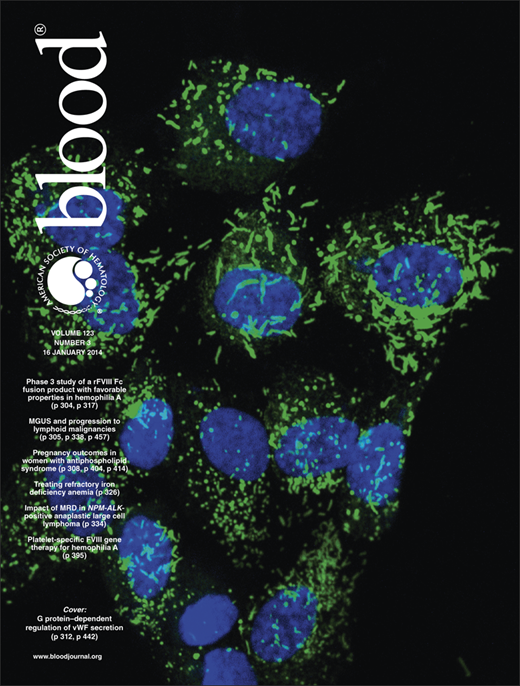To the editor:
Variant Creutzfeldt-Jakob disease (vCJD) is a fatal neurodegenerative disease originating from exposure to bovine spongiform encephalopathy (BSE). Despite low clinical incidence, the risk of secondary vCJD infection via blood transfusions from subclinical carriers persists. A recent study of appendix samples by the United Kingdom (UK) Health Protection Agency estimates 1 in 2000 silent prion infections in the UK population (95% confidence interval [CI]: 1 in 1248-3546).1 This estimate is in sharp contrast to the small number of recognized clinical cases that may be explained at least in part by the extremely prolonged incubation periods associated with human prion disease and the possibility that the barrier to infection is lower in lymphoreticular tissue than in brain,2 leading to subclinical infection.
A sensitive and specific blood-based assay for vCJD infection, though urgently needed, has been elusive because abnormal prion protein (PrP) levels are extremely low in blood and chemically identical normal PrP is in large excess. Previously, we demonstrated a prototype assay that captured and enriched disease-associated PrP from whole blood using stainless steel powder, achieving impressive analytical (10−10 dilution of vCJD-affected brain) and diagnostic (71% of vCJD-infected patient blood samples) sensitivity.3
To explore the assay’s specificity and hence suitability for screening exposed and at-risk populations, we tested 5000 blood samples from the American Red Cross in which, because of minimal BSE exposure, no true positives would be expected (US normals). No samples tested positive (100% specificity; 95% CI: 99.93%-100%) (Table 1). The high specificity was reflected in a smaller, healthy UK cohort (UK normals). The assay’s positive likelihood ratio indicates true positives are more than 7000 times as likely as false positives; the negative likelihood ratio indicates true negatives are more than 3 times as likely as false negatives. Finally, we tested a small blind panel of unaffected and vCJD patient samples. Seven of 10 vCJD patient samples tested positive (70% sensitivity), reconfirming but not refining our previous sensitivity estimate.
A remaining question is whether the assay can detect sub- or preclinical vCJD-affected individuals. Although it has been suggested that asymptomatic individuals would have particularly low concentrations of abnormal PrP, preclinical blood involvement4 and transmission5 have been demonstrated in animal models. Despite some limitations and uncertainties, the prototype vCJD assay has sufficient performance to justify a prevalence study comparing prion-exposed and prion-unexposed populations, which would require 20 000 samples from each cohort (1–β = 80%, α = 5%). A blood prevalence study would provide essential information for deciding if routine vCJD screening is needed for blood, tissue, and organ donations and for patients before high-risk surgical procedures.
Authorship
Acknowledgments: We thank Dr Susan Stramer and the American Red Cross for assistance and provision of samples, Dr Zoe Fox for sample size calculations, Ray Young for the preparation of figures, and Jonathan Wadsworth for critical reading of this letter.
This work was supported by the UK Medical Research Council, the UK Department of Health National Institute of Health Research Biomedical Research Centres funding scheme, and the Whitaker International Fellowship (J.B.-R.).
Conflict-of-interest disclosure: J.C. is a director and J.C. and G.S.J. are shareholders of D-Gen Limited (London, UK), an academic spin-out company working in the field of prion disease diagnosis, decontamination, and therapeutics. The authors declare no competing financial interests.
Contribution: G.S.J. and J.C. conceived the study; J.A.E., A.S., S.A., J.K., J.M., C.T., and G.W. performed assays; S.M. provided clinical expertise and samples; G.S.J. and J.B.-R. analyzed results and made the figures; and G.S.J., J.B.-R., and J.C. wrote the letter and all authors provided input.
Correspondence: Graham S. Jackson, Medical Rsearch Council Prion Unit, Department of Neurodegenerative Disease, University College London Institute of Neurology, Queen Square, London, WC1N 3BG, United Kingdom; e-mail: g.s.jackson@prion.ucl.ac.uk.

